Forex Weekly Outlook April 6-10
The US dollar had a rough week, making gains in Q1 but erasing them in the wake of Q2, especially towards the end. US ISM Non-Manufacturing PMI, rate decision in Australia, Japan and the UK, FOMC Meeting Minutes, US unemployment claims, Canadian employment data are the major market movers on Forex calendar. Here is an outlook on the highlights of this week.
Initial good figures and end-of-quarter adjustments helped the greenback. However, the US Non-Farm Payrolls missed expectations with a smaller than expected job addition of 126,000 in March, much worse than expected and coupled with downwards revisions. The rise in wages and the drop in the “real unemployment rate” didn’t compensate. While some blame the weather and say it is a one-off, others see the weak economy finally hitting jobs. In the euro-zone, the Greek issues still weigh, while politics also impact the pound. The fall in commodity prices hit the Aussie but the loonie was resilient in the face of the deal with Iran, which could hurt oil prices. What’s next after Easter?
- US ISM Non-Manufacturing PMI: Monday, 14:00. The US service sector expanded more than expected in February, rising to 56.9 from 56.5 in February. Economists expected a lower reading of 56.5 in February. The New Orders Index posted 56.7, 2.8 points less than January’s 59.5. The Employment Index edged up 4.8 points to 56.4 from 51.6 in January, rising for the 12th consecutive month. The Prices Index increased 4.2 points from the January reading of 45.5 to 49.7. The elevated figures indicate economic conditions are improving. US service sector PMI is expected to reach 56.6 this time.
- Australian rate decision: Tuesday, 4:30. Australia’s central bank maintained its cash rate despite calls for another rate cut. However, implied further easing measures may be introduced in the next policy meeting. The RBA preferred to assess the impact of February’s cut before lowering rates once again. Australian cash rate is predicted to remain at 2.25%, but a cut could also come on the background of falling commodity prices. This is a critical event.
- Japan rate decision: Wednesday. The BOJ maintained its monetary policy in March and continue with its plan to raise monetary base to an annual pace of JPY 80 trillion reaching the Bank’s 2% inflation target. However Haruhiko Kuroda, Bank of Japan governor, admitted for the first time, he could not rule out deflation in the coming months, due to the oil price crush, but assured it won’t necessarily affect the underlying trend in inflation in the long term. The BoJ expects a gradual rise in demand will boost inflation forecasting price rises of 1% in the fiscal year ending in March 2016 and 2.2% for 2017. The BOJ is expected to keep its monetary policy unchanged, but pressure is mounting.
- US FOMC Meeting Minutes: Wednesday, 18:00. In the last meeting, the Fed removed the “patience” wording regarding interest rates and also left some dovish hints, especially with the dot plot. The latter showed slower rate hikes this year. We will now see what members were thinking. A dovish look will enhance the NFP impact, while a hawkish one could leave markets puzzled.
- UK rate decision: Thursday, 11:00. The Bank of England kept its benchmark rate at 0.50% in its March meeting. BoE’s Governor Mark Carney, noted that the next move will be up despite current deflationary pressures. Low inflation may be a blessing in disguise for the UK economy, providing households with greater spending power, in times of sluggish wage growth. Furthermore, cheap imports are also positive for consumers boosting spending and economic growth. The BOE is expected to maintain rates at 0.50%.
- US Unemployment Claims: Thursday, 12:30. The number of new claims filed for unemployment benefits in the US declined considerably last week to 268,000 from 286,000 in the week before. The 20,000 fall reasserts the positive trend in the US labor market. Analysts expected only a minor drop in the number of claims. The number of people continuing to receive jobless benefits declined by 88,000 to 2.33 million. The number of claims is expected to reach 271,000 this week.
- Canadian employment data: Friday, 12:30. Canada’s job market showed signs of weakness amid the global oil slump. Job contraction occurs in crude-rich provinces affecting the overall unemployment rate. The labor market shed 1,000 jobs in February, increasing the jobless rate to 6.8% from 6.6% in January. Analysts expected a job loss of 3,500, but predicted a slower rise of 0.1% in the unemployment rate. The major decline in oil prices also lead the BOC’s decision to cut interest rates in January. Canadian job market is expected to rise by 0.1% while the unemployment rate is forecast to remain at 6.8%.
the source


 LinkBack URL
LinkBack URL About LinkBacks
About LinkBacks





 Reply With Quote
Reply With Quote
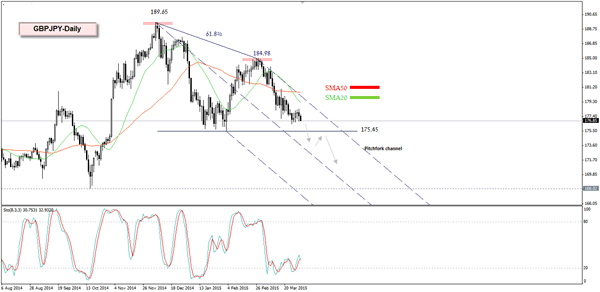
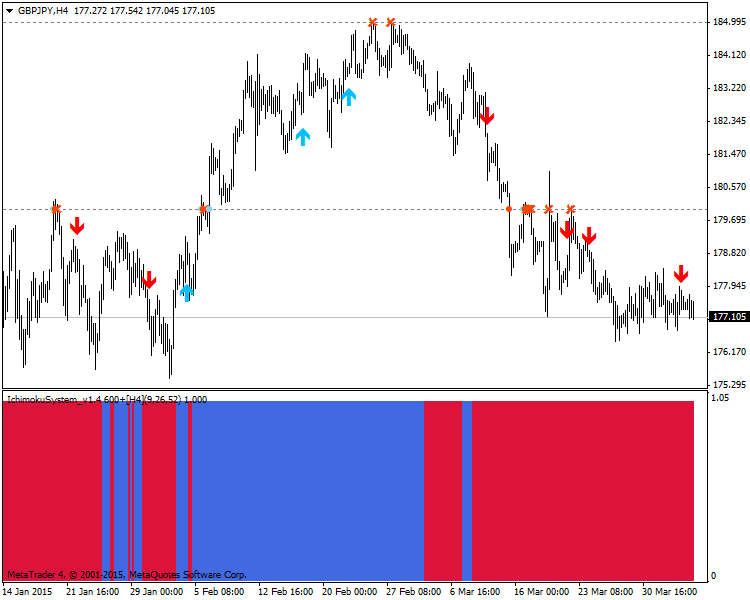
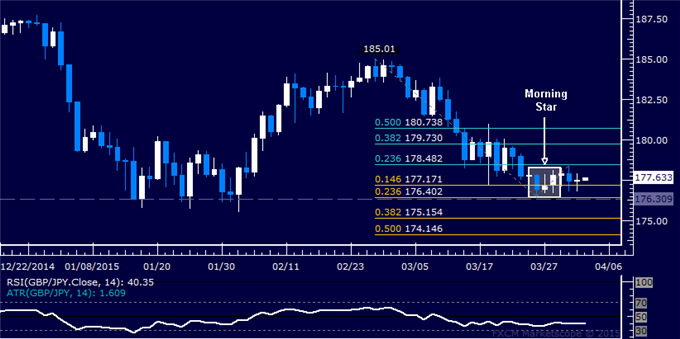
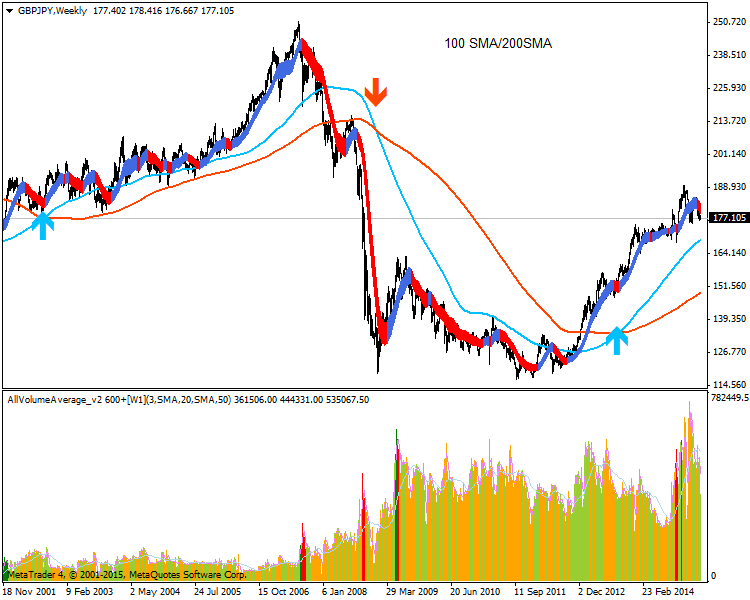
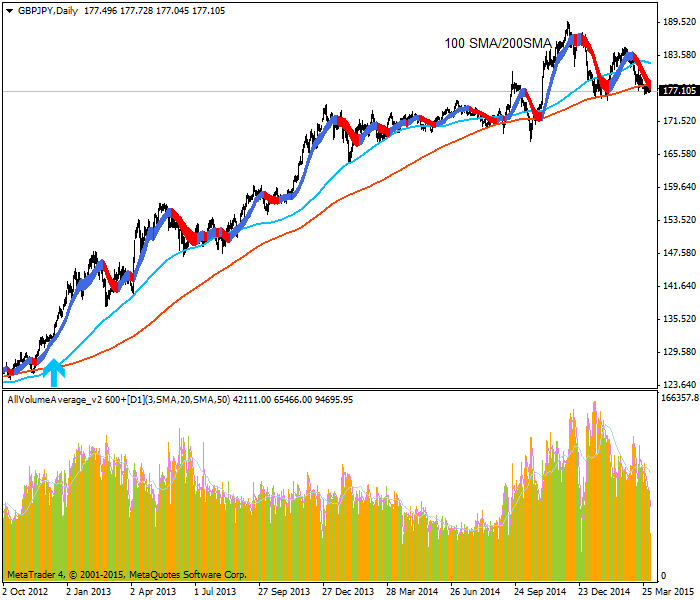
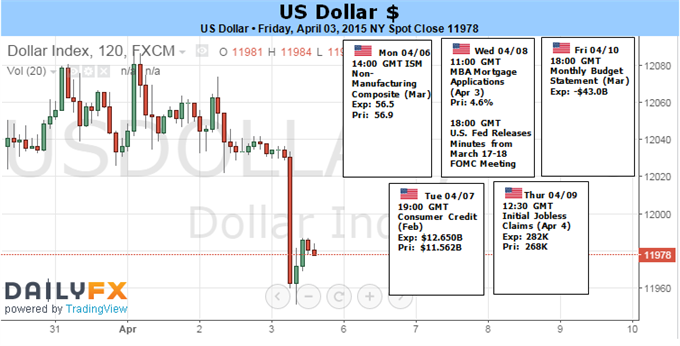
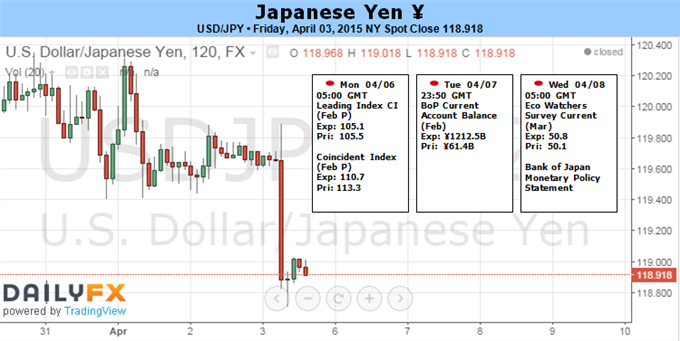

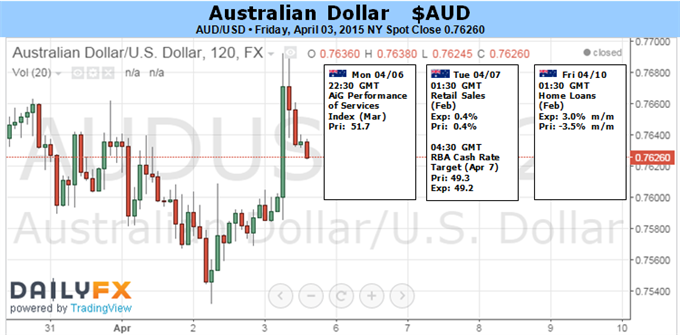




Bookmarks